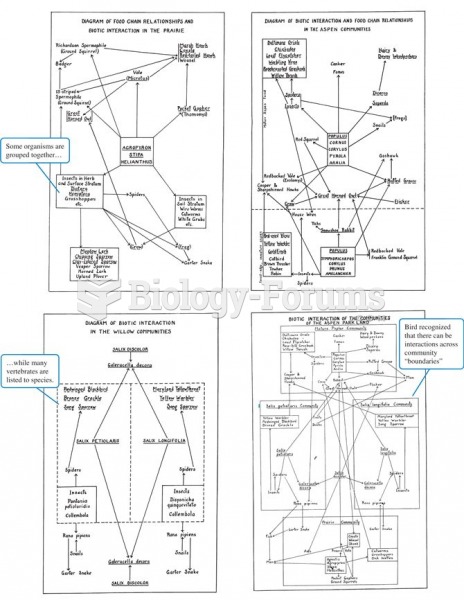Answer to Question 1
Correct Answer: 3
The health belief model (HBM), developed by Rosenstock provides a framework for understanding why people do not adopt disease prevention strategies or participate in screening tests for the early detection of disease. As the model evolved, individual responses to symptoms and compliance with medical treatments were examined. Initially the model was used to explain why people do not take action to prevent disease/injury. While mostly associated with disease/injury prevention, the model may also be used to explain why people do or do not participate in health promotion behaviors. People who believe that they have a major influence on their own health status are internally controlled; that is, they have an internal locus of control. The Neuman Systems Model is wellness oriented and views health promotion as an intervention component of primary prevention. Pender's health promotion model focuses on health-promoting behaviors rather than health-protecting or preventive behaviors.
Answer to Question 2
Correct Answer: 1
This response reflects the preparation stage when the person undertakes cognitive and behavioral activities that prepare the person for change and may have already changed some small aspect of the behavior. Contemplation is when the patient seriously considers changing a specific behavior, actively gathers information, and verbalizes plans to make the change in the near future. In precontemplation the patient neither thinks about changing behavior nor is interested in information about the behavior. The action stage occurs when the person actively implements behavioral and cognitive strategies to interrupt previous behavior patterns and adopt new ones.







